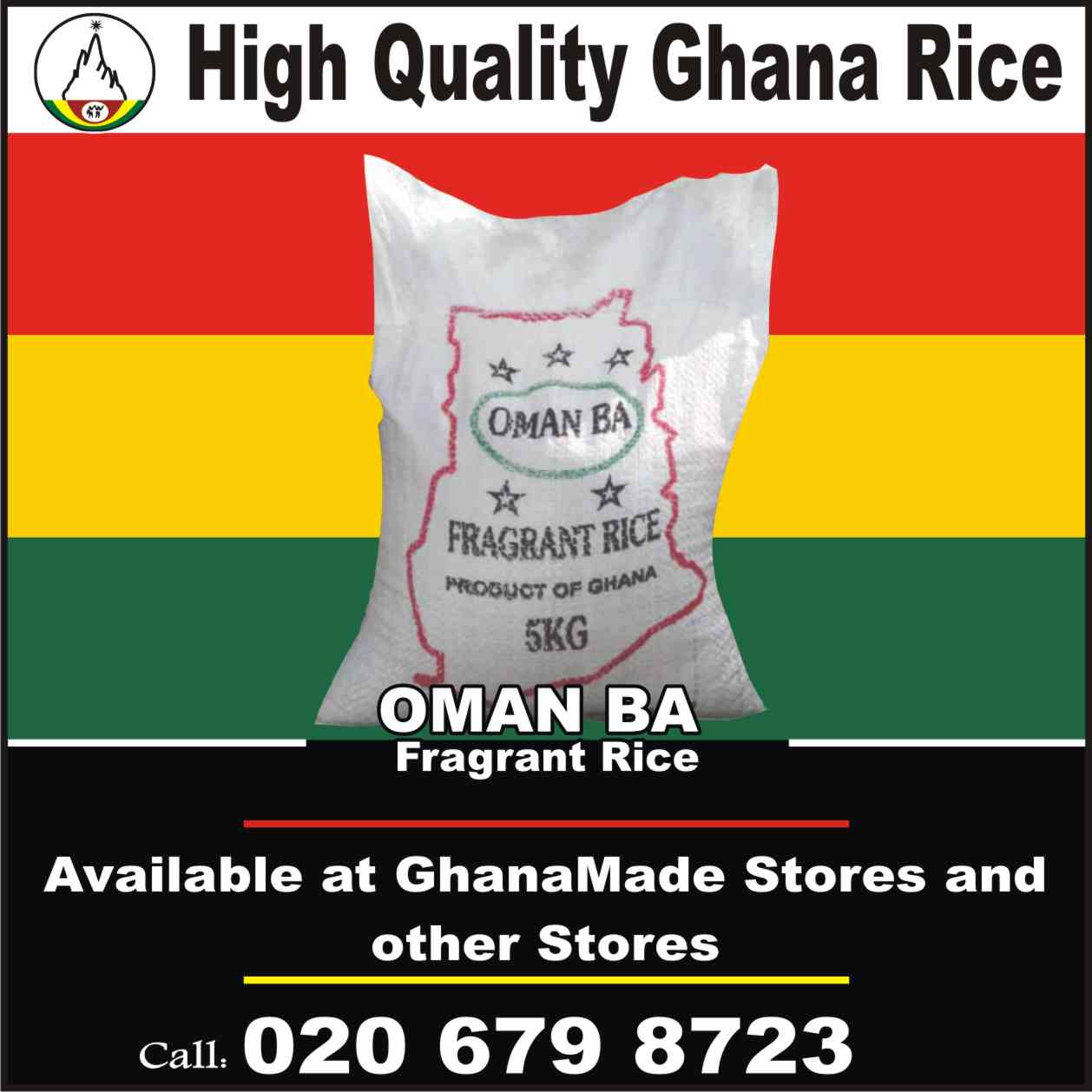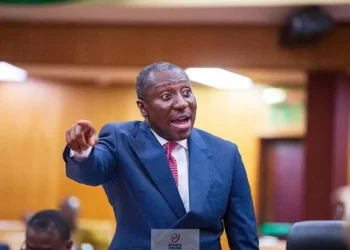Two leading civil society organisations, the Centre for Environmental Management and Sustainable Energy (CEMSE) and the Revenue Mobilisation Alliance (RMA), are calling for sweeping reforms at the National Petroleum Authority (NPA), citing serious concerns over the lack of transparency and accountability in the management of key petroleum sector funds.
In a joint statement released on Monday, the Executive Directors of the two organisations, Benjamin Nsiah (CEMSE) and Geoffrey Kabutey Ocansey (RMA), alleged that the NPA’s dual role as both regulator and fund manager has led to persistent inefficiencies, financial opacity, and misapplication of public resources.
The organisations are urging the Ministry of Energy to take immediate steps to decouple the fund management functions of the NPA from its regulatory mandate and transfer those responsibilities to the Ministry of Finance.
They also called for a comprehensive audit of the Authority’s fund management activities, particularly from 2021 to 2024, with emphasis on the reported financial loss in 2022.
The statement highlights three major funds managed by the NPA—the Unified Petroleum Price Fund (UPPF), the Primary Distribution Margin (PDM), and the Cylinder Recirculation Margin (CRM)—as sources of significant surplus revenue that have not been properly accounted for.
Unified Petroleum Price Fund (UPPF)
With a 90 pesewa per litre levy on petrol and diesel, the UPPF is estimated to generate over GHC 4 billion annually based on national consumption.
However, only 40% of the fund reportedly goes to transport operators, with the remaining 60% retained by the NPA.
Despite this, the Authority declared a surplus of just GHC 524 million in 2023—a figure the groups say grossly understates actual revenues.
“Since 2015, the NPA has failed to publicly account for these surpluses,” the statement noted.
Primary Distribution Margin (PDM)
The PDM fund reportedly generates over GHC 1.3 billion each year, with BOST handling only 7% of the fuel distribution.
The remaining 70% is treated as surplus—estimated at GHC 900 million annually—with no public disclosure on its use.
The organisations also raised concerns about deductions from tanker owners being misapplied.
Cylinder Recirculation Margin (CRM)
Since April 2024, an $80 per metric ton fee has been levied on LPG users, accruing over $30 million (GHC 315 million) by June 2025.
Yet, less than 1% of LPG sales have occurred through the cylinder recirculation model, raising questions about the relevance of the levy and the utilisation of the proceeds.
“Only $37,000 has been used to support cylinder manufacturing and bottling, leaving a staggering $9.9 million unaccounted for,” the groups claimed.
Call for Legislative Reforms
CEMSE and RMA are recommending a legislative amendment to strip the NPA of its fund management duties, arguing that the regulator’s current structure creates a conflict of interest and undermines public trust.
“Transparency and accountability in the management of these funds is not just a legal obligation but a moral imperative,” they stated, warning that continued secrecy around petroleum fund revenues poses a risk to good governance and effective resource allocation.
The groups also questioned how the NPA recorded a deficit in 2022, despite the equalisation framework of the UPPF guaranteeing more income than expenses—a discrepancy they say must be probed by an independent audit.
-Cecil MENSAH










Discussion about this post